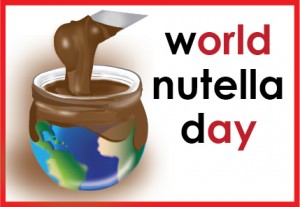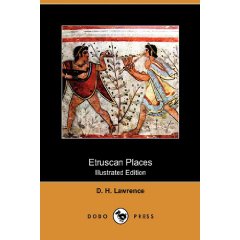Nutella - everyone's favorite chocolate spread. How do you eat yours? We have it on toast every morning. We also have a funny ritual where, after each helping (or dollop, to use the technical term), the user has to scrape all the Nutella left on the side of the jar back down into the rest (told you it was funny). That way, it doesn't dry out and, more importantly, NO NUTELLA IS WASTED.
It seems we aren't the only ones with a passion for the hazelnut spread as Sara from Ms. Adventures in Italy and Michelle from Bleeding Espresso have solemnly declared February 5th “World Nutella Day – a day to celebrate, to get creative with, and most importantly, to EAT Nutella.
So how do you take part? According to Michelle there are a myriad of ways... Make a recipe using Nutella. Eat Nutella with a spoon. A big one. Make art with Nutella. Wax poetic about Nutella. Cuddle with Nutella. Strike a pose with Nutella. Re-live your first experience eating Nutella. Offer Nutella as a sacrifice. Have a Nutella-eating contest or a Nutella party!
To see the full list, and more details on how to take part, click here to go through to Michelle's post.
Where did it all begin? Well, according to Wikipedia, the Nutella story goes something like this (the following is to be read in a deep comforting voice with soaring orchestral music in the background):
"In 1946, Pietro Ferrero invented a cream of hazelnuts and cocoa, derived from Gianduja and to be spread on bread, and called it Pasta Gianduja. The product had a great success and therefore Ferrero created the new company to produce and market it. The sons of Ferrero became joint chief executives. Michele Ferrero modified his father's recipe to produce Nutella, which was first sold in 1964 and has became popular around the world."
Here's another Nutella fact, the owner, Michele Ferrero (the son, mentioned above) is now the richest man in Italy, even richer than a certain Signor Berlusconi. There's something soothing about having the Nutella man as the richest person in Italy. It seems right. So whether on toast, crepes, cakes, or simply by the spoon, make sure YOU celebrate World Nutella Day on the 5th Feb.



